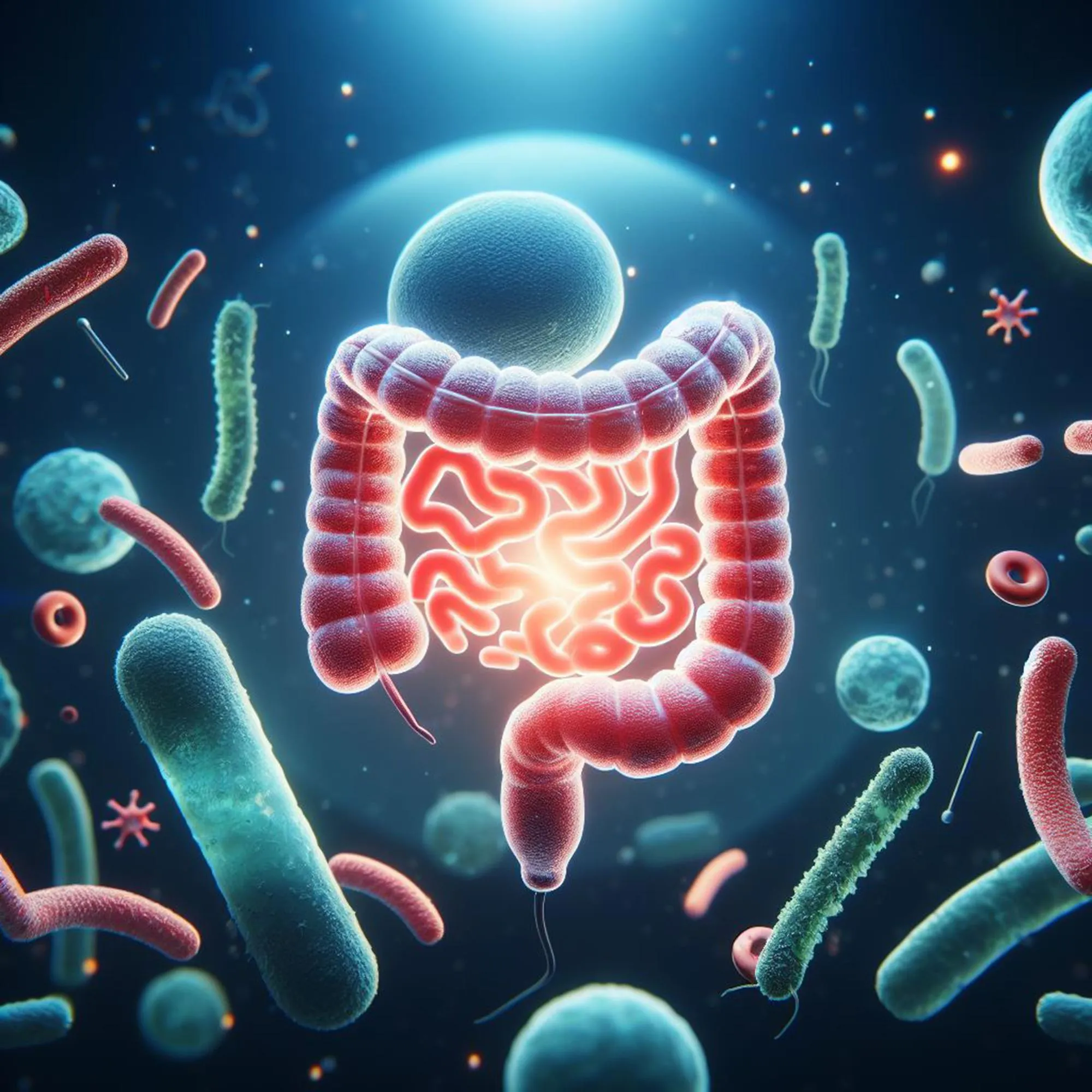The balance and diversity of gut microbiota are increasingly being recognized as critical factors in animal and human health, impacting a variety of diseases and bodily functions. A group of compounds known as short-chain fatty acids (SCFAs) are among the many byproducts generated by these gut bacteria. They play an essential role not only in gut health but also in various metabolic and central nervous system-related conditions. The demand for precise and reliable methods to quantify these SCFAs has prompted scientific advancements, leading to a recent development published in the “Biological & Pharmaceutical Bulletin.”
Researchers at Fukuyama University, led by Hirofumi Inoue et al., have developed an innovative High-Performance Liquid Chromatography (HPLC) method for determining SCFAs in mouse feces, demonstrating a novel approach using a labeling agent called 2-nitrophenylhydrazine (2-NPH). This paper, first published on September 25, 2019, and titled “Determination of Short-Chain Fatty Acids in Mouse Feces by High-Performance Liquid Chromatography Using 2-Nitrophenylhydrazine as a Labeling Reagent,” provides insights into a refined analytical procedure with implications for both biological and clinical research.
DOI Information: https://doi.org/10.1248/bpb.b18-01017
Major Study Highlights
The study by Inoue et al. focused on establishing a reliable and effective method for SCFA detection in mouse feces.
The researchers utilized 2-NPH for derivatization of SCFAs, enabling their detection via HPLC.
The developed method exhibited recovery rates between 90-115% and precision (relative standard deviation) between 1.3-7.7%.
The use of a reversed-phase column (octadecyl silyl column) and gradient elution with phosphoric acid and acetonitrile at 50°C was instrumental to the success of the method.
This new analytical technique using HPLC could potentially provide valuable data for a variety of studies centering on gut microbiota and their impact on hosts.
The Analytical Method
In the proposed methodology, mouse fecal samples are homogenized, with SCFAs extracted and subsequently derivatized with 2-NPH. This derivatization process involves an amidation reaction made possible by using 1-(3-dimethylaminopropyl)-3-ethylcarbodiimide as a catalyst. The resulting 2-NPH derivatives of SCFAs, together with an internal standard (2-ethylbutyric acid), are then separated on a reversed-phase column configured for HPLC. This setup uses gradient elution at a defined pH and temperature, where the detection of SCFAs is carried out through absorbance measurement at a wavelength of 400 nm.
Implications and Applications
The precise determination and analysis of SCFAs within the intestines can offer invaluable clues to the complex interplay between diet, microbiota composition, disease, and overall health. The novel approach presented by Inoue and colleagues allows for a more accurate measurement of these biologically critical molecules. Such advancements in analytical chemistry could pave the way for a deeper understanding of gastrointestinal diseases, metabolic syndromes, and even neurological disorders that might be influenced by gut microbial activity.
As the scientific community gains interest in the gut-brain axis and its potential role in a plethora of conditions, including depression, anxiety, and obesity, tools that enable the detailed study of gut microbial products are essential. Adequate monitoring of SCFA levels, which could potentially serve as biomarkers for certain diseases or indicators of health status, would thus be highly beneficial. This HPLC method seems well-suited for this task due to its high recovery rate, precision, and reproducibility, which are paramount for clinical and biological research where accuracy can significantly influence outcomes.
Conclusion
The publication of this method represents a significant step forward for researchers investigating gut microbiota and their products. By offering a reliable technique for SCFA analysis, scientific inquiry into the microbiome can advance with greater accuracy, contributing to the discovery of novel therapeutic strategies and enhancing our understanding of the gut’s role in health and disease.
For in-depth reading, interested individuals can access the full article through the DOI link provided above. This innovative research promises to have a broad impact on the fields of microbiology, pharmacology, nutrition, and beyond, reflecting the increasing importance of gut microbiota in the fabric of biomedical research.
References
1. Inoue, Hirofumi, et al. “Determination of Short-Chain Fatty Acids in Mouse Feces by High-Performance Liquid Chromatography Using 2-Nitrophenylhydrazine as a Labeling Reagent.” Biological & Pharmaceutical Bulletin, vol. 42, no. 5, 2019, pp. 845–849., doi:10.1248/bpb.b18-01017.
Keywords
1. Short-Chain Fatty Acids Analysis
2. Gut Microbiota Research
3. HPLC Methods Development
4. SCFAs as Biological Indicators
5. 2-Nitrophenylhydrazine Derivatization
